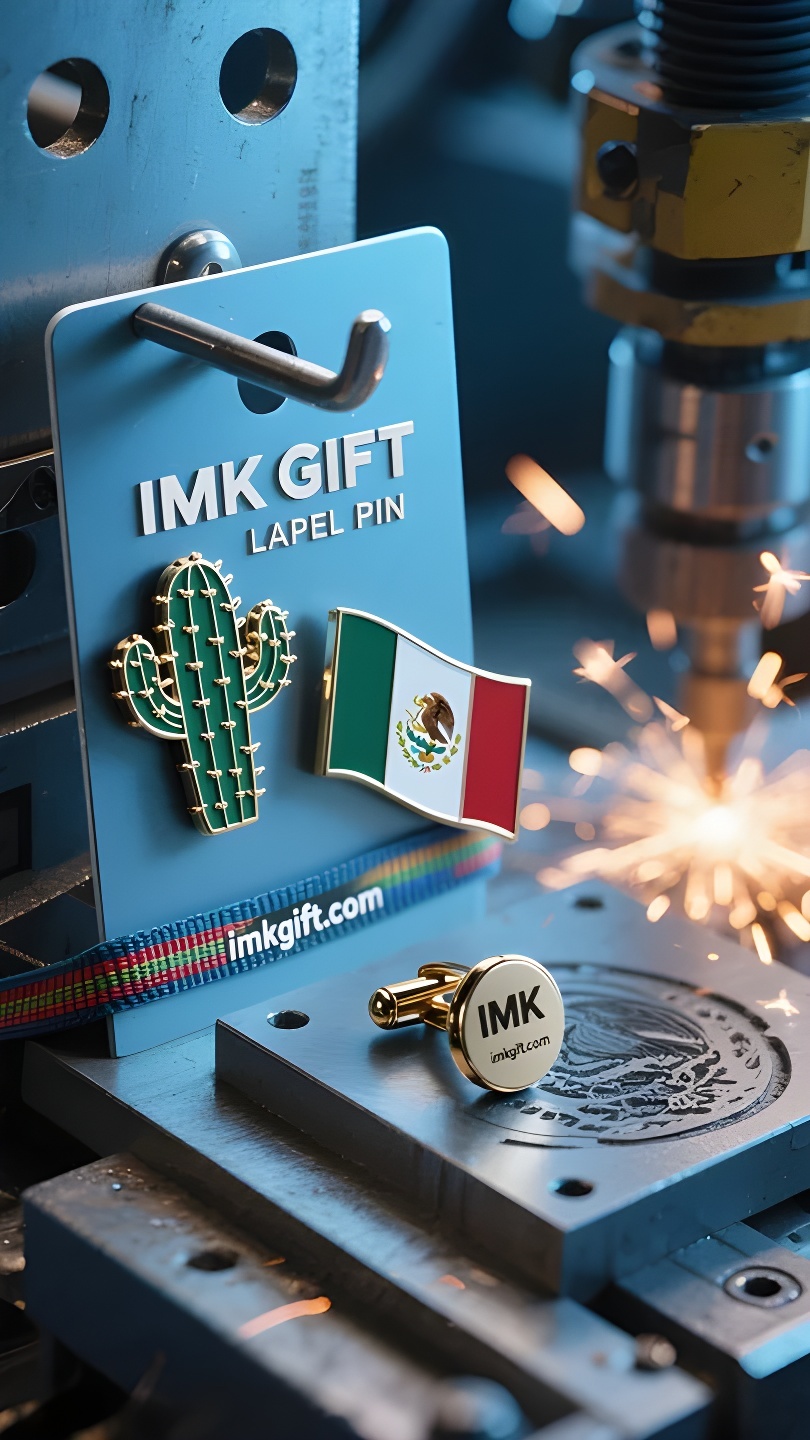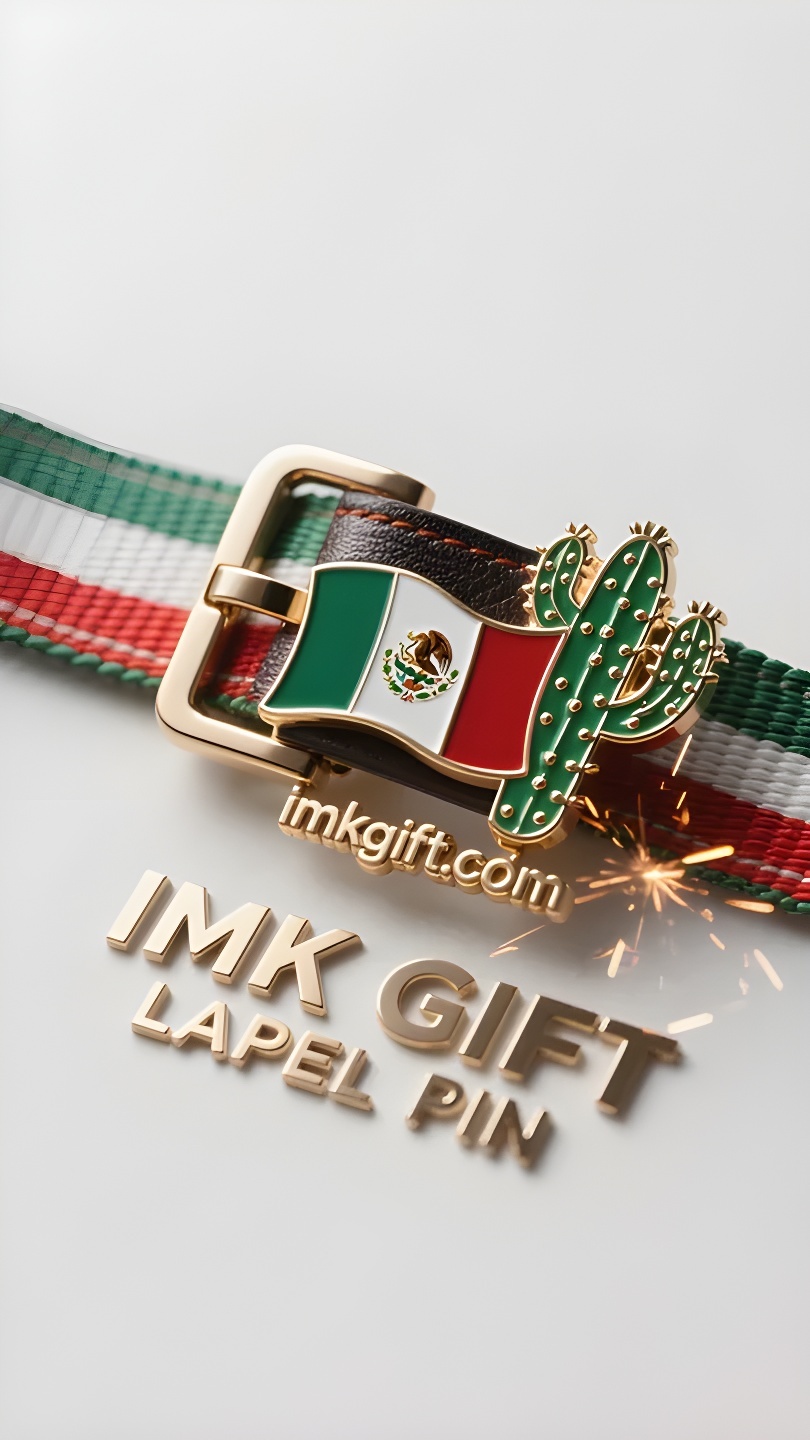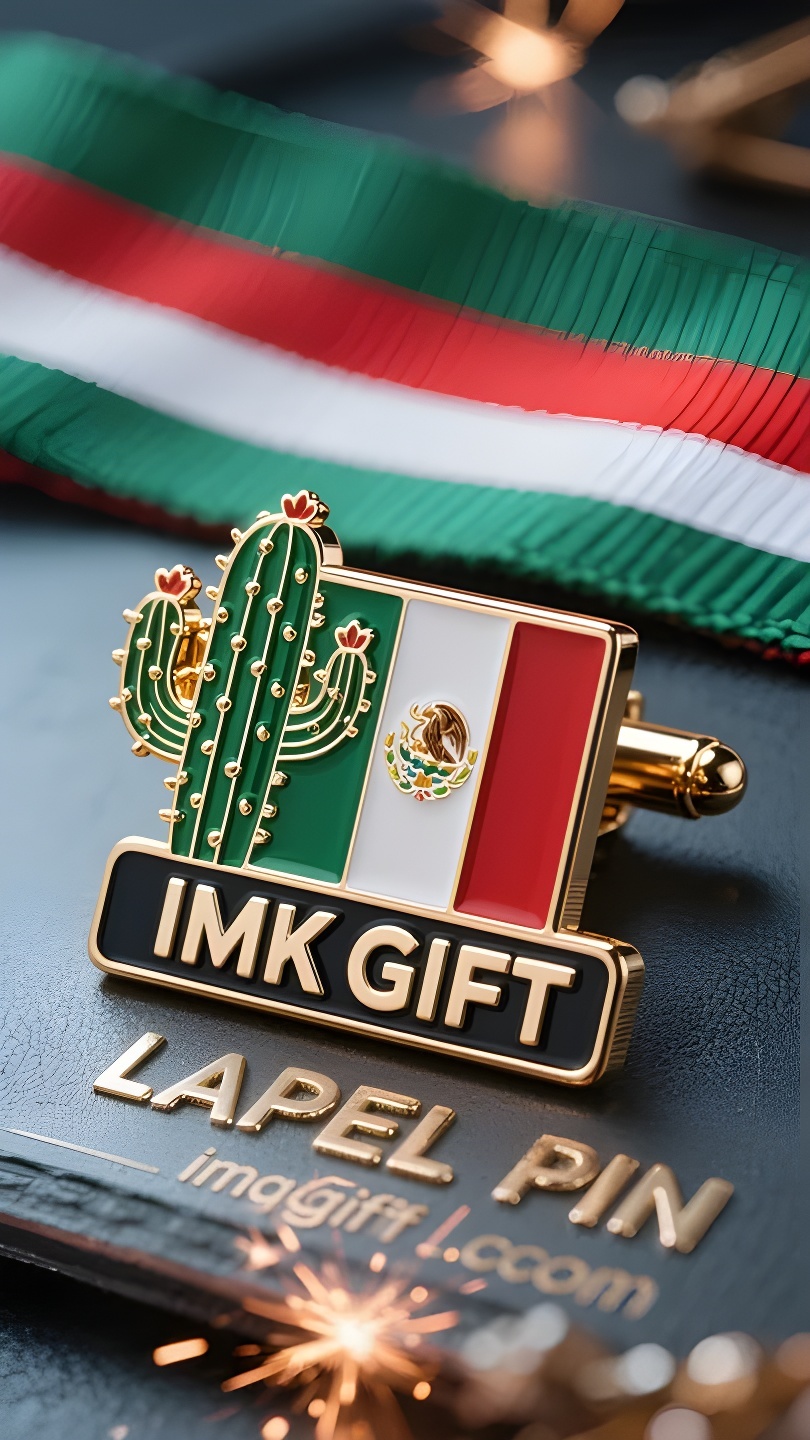in988-Medalla-de-la-Gracia-sobre-Espinas
▼
En septiembre, los vítores de las celebraciones del Día de la Independencia se pueden escuchar en las calles de México. Cuando la gente mira al águila parada sobre el cactus en la bandera nacional verde, blanca y roja, los gemelos con forma de cactus apenas visibles entre las solapas de los trajes de los hombres cuentan la filosofía de supervivencia de esta nación de una manera más privada. Estos adornos de metal, modelados a partir de cactus, tienen patrones espinosos que han sido cuidadosamente pulidos para darles un brillo cálido, al igual que la sabiduría de la vida transmitida de generación en generación por los mexicanos: en la situación desértica, uno debe mantener su ventaja para resistir la invasión y, al mismo tiempo, moderar el sufrimiento para convertirlo en una medalla de vida. Cuando los empresarios giran sus gemelos en la mesa de negociaciones, o cuando los artistas tocan su ropa entre creaciones, esas venas metálicas en relieve se convierten en un recordatorio silencioso: la verdadera elegancia surge de transformar el dolor en lugar de evitarlo. Así como el cactus de la bandera nacional sostiene al águila con las alas extendidas, los diseños de gemelos a menudo combinan elementos de cactus y estrellas, lo que implica el doble coraje de estar enraizado en la realidad y mirar las estrellas. El antiguo patrón del calendario solar azteca grabado en el reverso de cada gemelo dice la misma verdad: la vida más tenaz a menudo nace en el suelo más pobre. Cuando la gente moderna usa tales símbolos en la jungla urbana, en realidad están convirtiendo la leyenda de toda la nación floreciendo en las cenizas volcánicas en un tótem espiritual que llevan consigo. Los gemelos de cactus no son solo adornos, son una declaración de supervivencia grabada en metal: afrontar las espinas con elegancia y dejar que cada cicatriz se convierta en un prisma para iluminar el camino a seguir. Ésta puede ser la revelación que México ofrece al mundo: la verdadera dignidad nunca se dora en circunstancias favorables, sino que cristaliza en situaciones desesperadas.
In September, cheers of the Independence Day celebrations rose and fell on the streets of Mexico. When people looked up at the eagle standing on the cactus on the green, white and red national flag, the cactus-shaped cufflinks looming between the lapels of men’s suits were telling the survival philosophy of this nation in a more private way. These metal ornaments based on cacti, with thorny patterns carefully polished to a warm luster, are just like the wisdom of life passed down from generation to generation by Mexicans – in the predicament of the desert, we must not only maintain our edge to resist invasion, but also temper suffering into a medal of life. When entrepreneurs turn cufflinks at the negotiation table, when artists touch clothes in between creations, those raised metal veins become a silent reminder: true elegance comes from the transformation of pain rather than avoidance. Just as the cactus on the national flag holds up the eagle with its wings spread, cufflinks are often designed to combine cactus and star elements, implying the dual courage of being rooted in reality and looking up at the stars. The ancient Aztec solar calendar pattern engraved on the back of each cufflink tells the same truth: the most tenacious life is often born in the poorest soil. When modern people wear such symbols in the urban jungle, they are actually turning the legend of the entire nation blooming in the volcanic ashes into a spiritual totem that they carry with them. Cactus cufflinks are not just decorations, they are a declaration of survival engraved in metal – facing the thorns with an elegant attitude, and letting every scar become a prism to illuminate the way forward. This may be the revelation that Mexico has given to the world: true nobility is never gilded in good times, but crystallized in desperate times.
九月的墨西哥街头,独立日庆典的欢呼声此起彼伏。当人们仰望绿白红三色国旗上那只立于仙人掌的雄鹰时,男士西装翻领间若隐若现的仙人掌造型袖扣,正以更私密的方式诉说着这个民族的生存哲学。
这些以仙人掌为原型的金属饰物,刺状纹路被精心打磨出温润光泽,恰如墨西哥人世代传承的处世智慧——在荒漠般的困境中,既要保持锋芒抵御侵袭,又要将苦难淬炼成生命的勋章。当企业家在谈判桌上转动袖扣,当艺术家在创作间隙触碰衣饰,那些凸起的金属脉络便化作无声的提醒:真正的优雅,源自对伤痛的转化而非回避。
正如国旗上仙人掌托起展翅的雄鹰,袖扣设计常将仙人掌与星辰元素结合,暗喻扎根现实与仰望星空的双重勇气。每颗袖扣背面镌刻的古老阿兹特克太阳历纹样,都在诉说同一个真理:最顽强的生命,往往诞生于最贫瘠的土壤。当现代人在都市丛林中佩戴这样的符号,实则是将整个民族在火山灰烬里开花的传奇,化作随身携带的精神图腾。
仙人掌袖扣不单是装饰,它是刻在金属里的生存宣言——以优雅姿态直面荆棘,让每道伤痕都成为照亮前路的棱镜。这或许正是墨西哥献给世界的启示:真正的尊贵,从不在顺境中镀金,而在绝境里结晶。
▼
Contact Us
📞 Tel: +0086-760-85286839
📧 Email: sales3@imkgift.com








